
On this month's Morbidly Fascinating Page:
Photos of American Mafia Hits in the 20th Century
In the Morbidly Fascinating Archives
Spontaneous Human Combustion
Haunted White House
Deep Sea Creatures
Chimera
Lizzie Borden
First, a bit of Mob History:
The American Mafia, an Italian-American organized crime network with operations in cities across the United States (particularly New York and Chicago), rose to power through its success in the illicit liquor trade during the 1920s Prohibition era. After Prohibition, the Mafia moved into other criminal ventures, from drug trafficking to illegal gambling, while also infiltrating labor unions and legitimate businesses such as construction and New York’s garment industry. During the latter part of the 20th century, the government used anti-racketeering laws to convict high-ranking mobsters and weaken the Mafia. However, the Mafia remains in business today.
Giuseppe Esposito was the first known Sicilian Mafia member to emigrate to the U.S. He and six other Sicilians fled to America after murdering the chancellor and a vice chancellor of a Sicilian province and eleven wealthy landowners. He was arrested in New Orleans in 1881 and extradited to Italy.
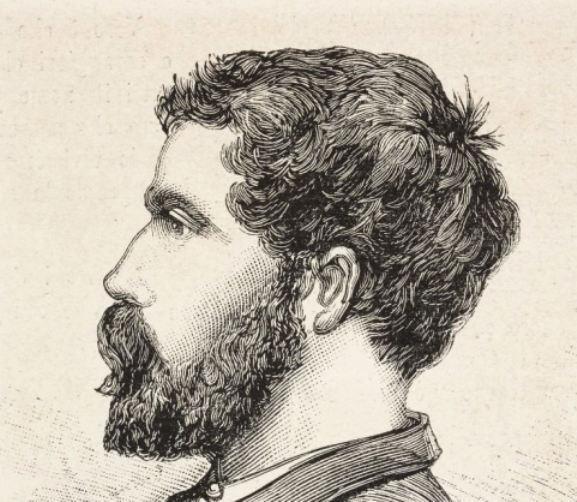
Contemporary drawing of Giuseppe Esposito after his arrest
New Orleans was also the site of the first major Mafia-known murder in this country. On October 15, 1890, New Orleans Police Superintendent David Hennessey was murdered execution-style. Hundreds of Sicilians were arrested, and 19 were eventually indicted for the murder. An acquittal generated rumors of widespread bribery and intimidated witnesses. Outraged citizens of New Orleans organized a lynch mob and killed 11 of the 19 defendants. Two were hanged, nine were shot, and the remaining eight escaped.

New Orleans Police Superintendent David Hennessey was the first known person murdered by The Mob
The American Mafia has evolved over the years as various gangs assumed, and lost, dominance—for example, the Black Hand gangs around 1900, the Five Points Gang in the 1910s and ‘20s in New York City, and Al Capone’s Syndicate in Chicago in the 1920s. It was not until 1951 that a U.S. Senate committee led by Democrat Estes Kefauver of Tennessee determined that a “sinister criminal organization,” later known as La Cosa Nostra (translated to "Our Thing" in English), operated in this nation. Six years later, The New York State Police uncovered a meeting of major La Cosa Nostra figures from around the country in the small upstate New York town of Apalachin. Many of the attendees were arrested. The event was the catalyst that changed the way law enforcement battles organized crime.
By the end of the ‘20s, two primary factions had emerged in the Italian criminal groups in New York. Joseph Masseria, who controlled the groups, sparked the so-called “Castellammarese War” in 1928 when he tried to gain control of organized crime across the country. The war ended in 1931 when Salvatore Maranzano conspired with Masseria’s top soldier, Charles “Lucky” Luciano, to have Masseria killed. Maranzano emerged as the most powerful Mafia boss in the nation, setting up five separate criminal groups in New York and calling himself “Boss of Bosses.”

In 1931, Salvatore Maranzano became the leader of La Cosa Nostra, and was one of the most powerful crime bosses in New York
Maranzano was the first leader of the organization La Cosa Nostra. He established its code of conduct, set up the “family” divisions and structure, and enacted procedures for resolving disputes. Two of the most powerful La Cosa Nostra families—known today as the Genovese and Gambino families—emerged from Maranzano’s restructuring efforts. He named Charles “Lucky” Luciano as the first boss of what would later be known as the Genovese family.
Luciano showed his appreciation less than five months later by sending five men dressed as police officers to Maranzano’s office to murder him. On September 10, 1931, hitman entered Maranzano’s office on the 9th floor of The Helmsley Building, posing as tax men to raid the building.
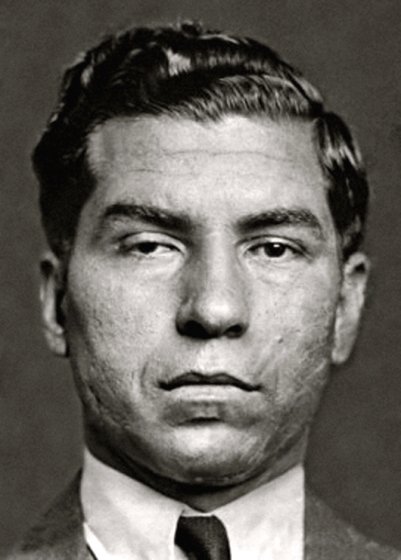
Charles “Lucky” Luciano was disfigured by scars he had received from a knifing by a Maranzano soldier who had slashed through his right cheek muscles and left him with a drooping right eye
Luciano, who had facial scars from a knife fight, was never murdered. On January 26, 1962, Luciano died of a heart attack at Naples International Airport. He had gone to the airport to meet with American producer Martin Gosch about a film based on his life.
PHOTOS OF MOB HITS
WARNING: The photographs below are graphic because they were taken of actual murders, and none are reproduced simulations. Although the photos are black and white, please decide now as to whether you want to view them or not.
The most famous: The St. Valentine's Day Massacre on February 14, 1929
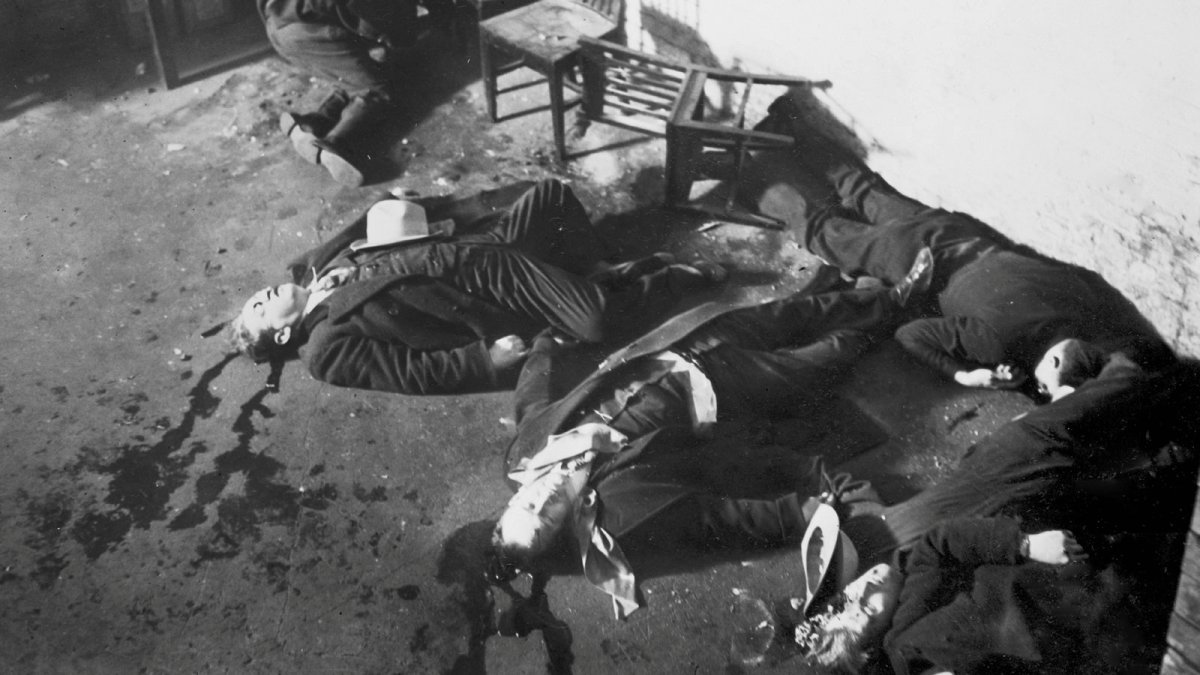
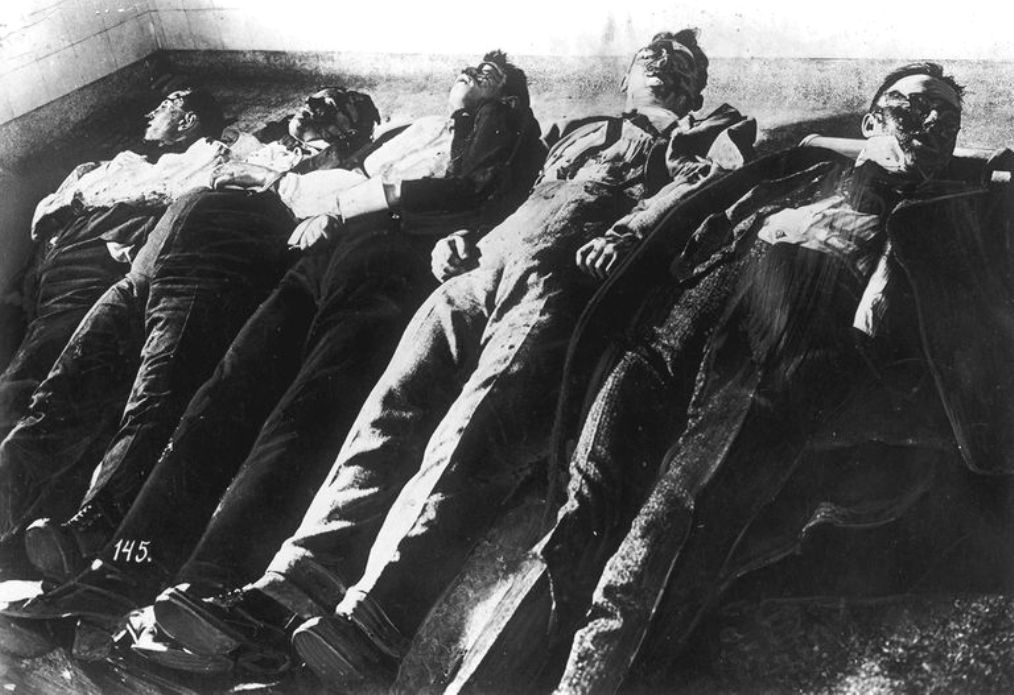
The Saint Valentine's Day Massacre was the 1929 murder of seven members and associates of Chicago's North Side Gang. The men were gathered at a Lincoln Park garage on the morning of that day. They were lined up against a wall and shot by four unknown assailants, two of whom were dressed as police officers. Although the killers were never officially identified, it was widely believed that Al Capone's gang Egan's Rats were responsible.
"Machine Gun" Jack McGurn
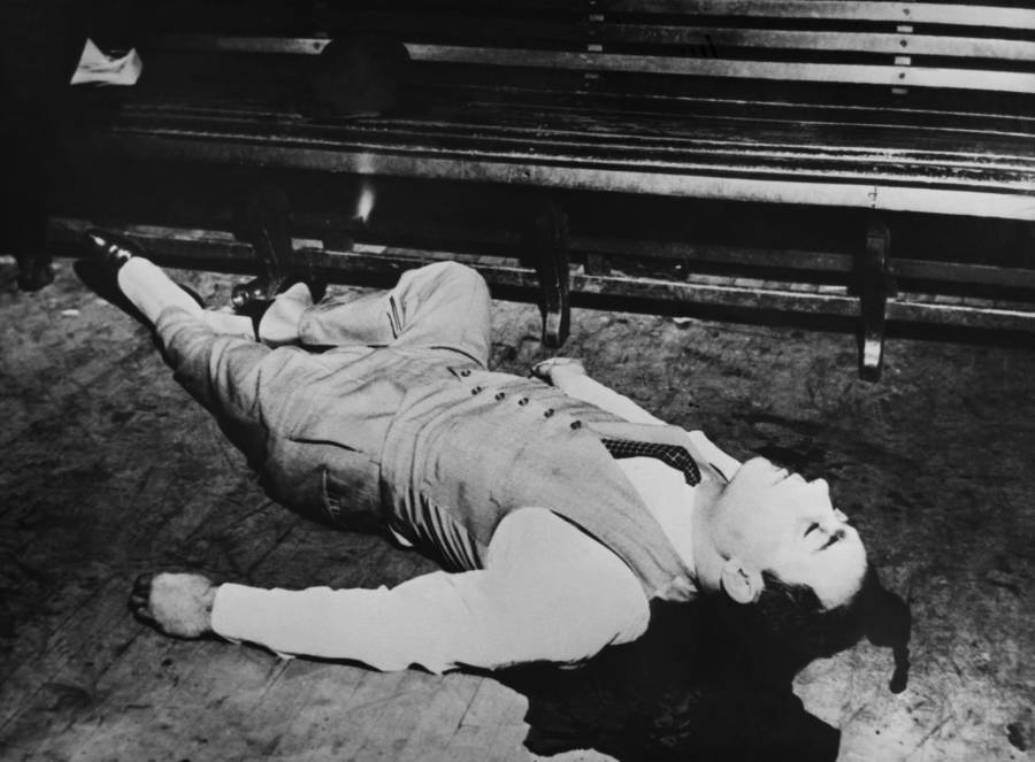
February 15, 1936 -- Killed in retaliation for his suspected involvement with the 1929 St. Valentine's Day Massacre, Jack "Machine Gun" McGurn was murdered in a bowling alley a day after the 7th anniversary of the original killings. Although police had suspected him for the killings, he was not charged due to his girlfriend's alibi.
In April 1930, when Frank J. Loesch, chairman of the Chicago Crime Commission, compiled his "Public Enemies" list (published nationwide) of the top 28 people he saw as corrupting Chicago, McGurn's name was fourth on the list. This notoriety caused him to be shunned by the Mob and without them, he drifted into poverty.
Apparently he was never forgiven by some members of The Mob, because he was gunned down in 1936. The killers tossed a Valentine card with this poem near his body: "You've lost your job, you've lost your dough, Your jewels and cars and handsome houses, But things could still be worse you know...At least you haven't lost your trousers!"
Sometimes the Mafia left a Calling Card
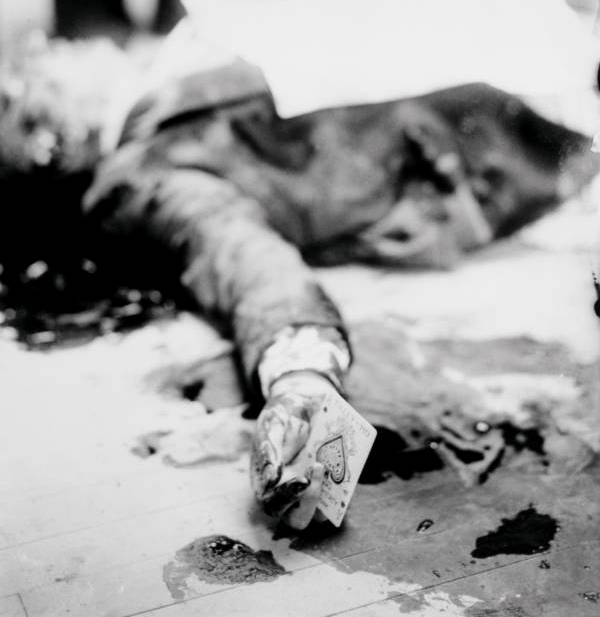
Joe Masseria, 1931 -- In 1930, a Sicilian faction led by Salvatore Maranzano waged war against a Sicilian-American group led by Joe Masseria for control of Mafia activity in the United States. Ultimately, in 1931, Masseria allies led by Charles "Lucky" Luciano cooperated with Maranzano and betrayed Masseria in order to end the war. Masseria was shot to death in a Coney Island restaurant, and a "calling card" was placed in his hand as a message. Luciano later murdered Salvatore Maranzano.
After Masseria's death, the war ended, and Luciano forged the basic structure of the American Mafia as we know it today.
Charles "Cherry Nose" Gioe (pronounced Joy)
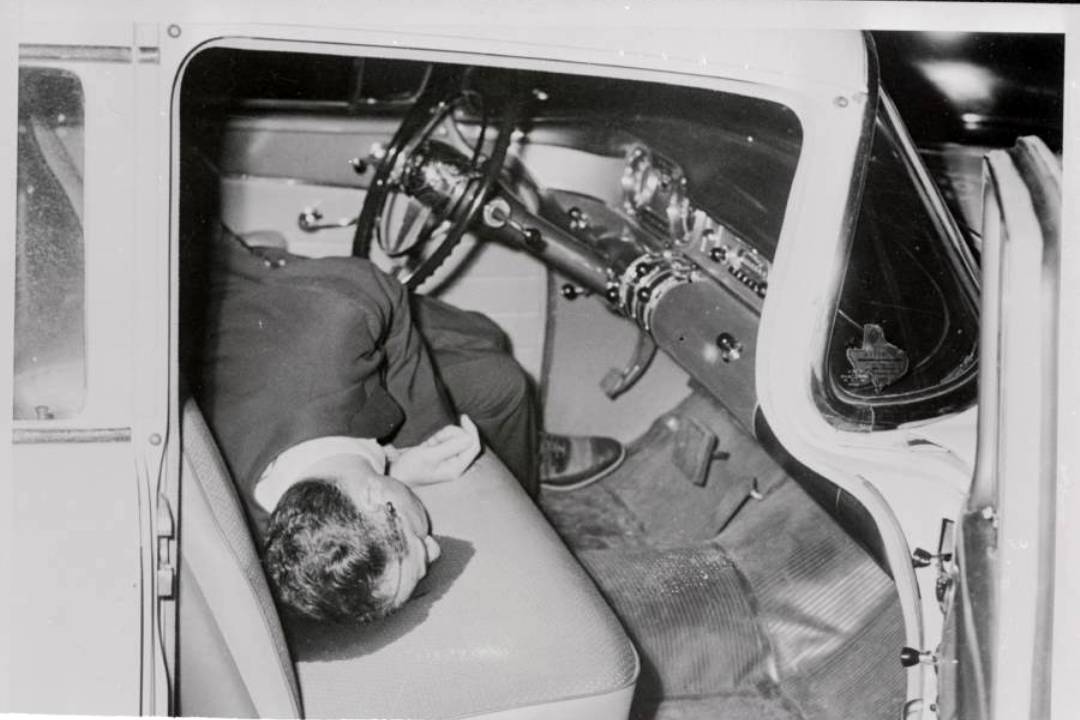
August 18, 1954 -- Charles Gioe was shot to death by mafia soldiers controlled by Joseph "Joey" Glimco after he accidentally interfered in a dispute Glimco was having with a contractor who was building a Howard Johnson's restaurant.
Gioe was with Hyman Wiseman that night, who said, "All of a sudden I saw flashes and heard shots and I dropped to the ground.” Another automobile had pulled up with three people inside. One shooter was seen standing on the floor of the car trying to shoot over the top of the Gioe automobile in an obvious effort to kill Wiseman. Another gunman fired five shots at Gioe, one of which struck him in the right temple, killing him instantly. The keys to the ignition were still in his hand as his body fell to the right, his head resting on the passenger side of the front seat.
Walter Sage was bound with rope and trussed to a slot machine with his legs bent at the knees
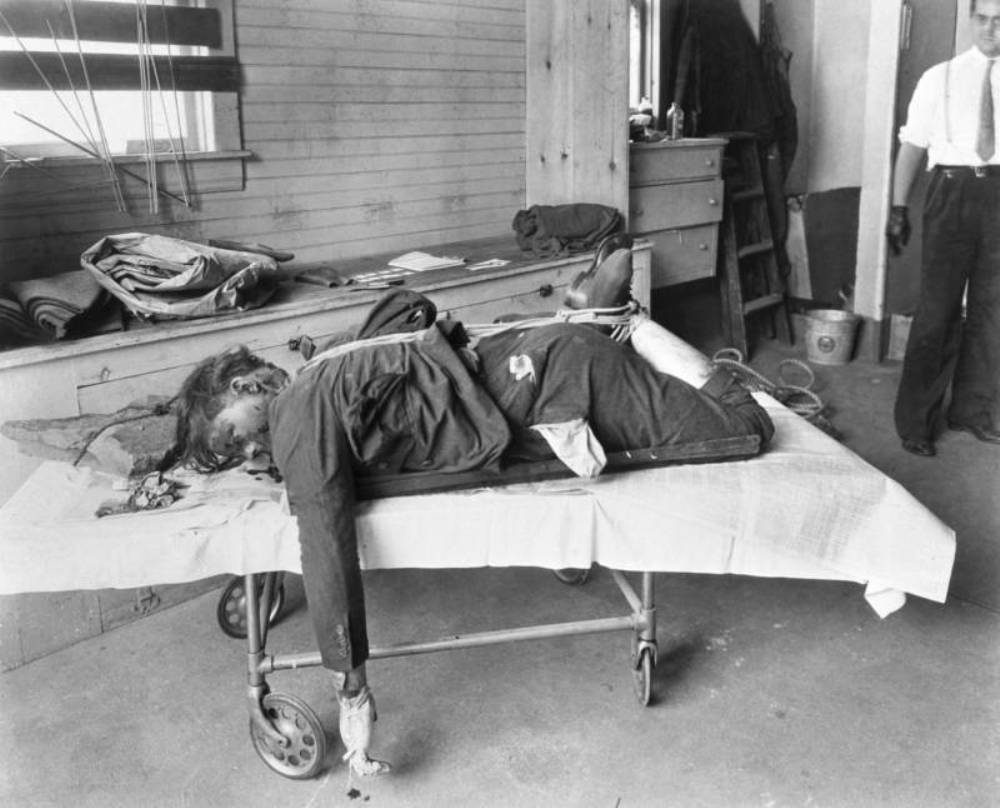
July 31, 1937 -- When the Reles gang began running slot machines in the Sullivan County hotels, Walter Sage was sent to oversee the operation. Accused of skimming money off the gambling organization, Sage was stabbed over 30 times with an ice pick, tied to a slot machine, and tossed into Swan Lake in the Catskills, New York.
Not all Mobsters were Italian
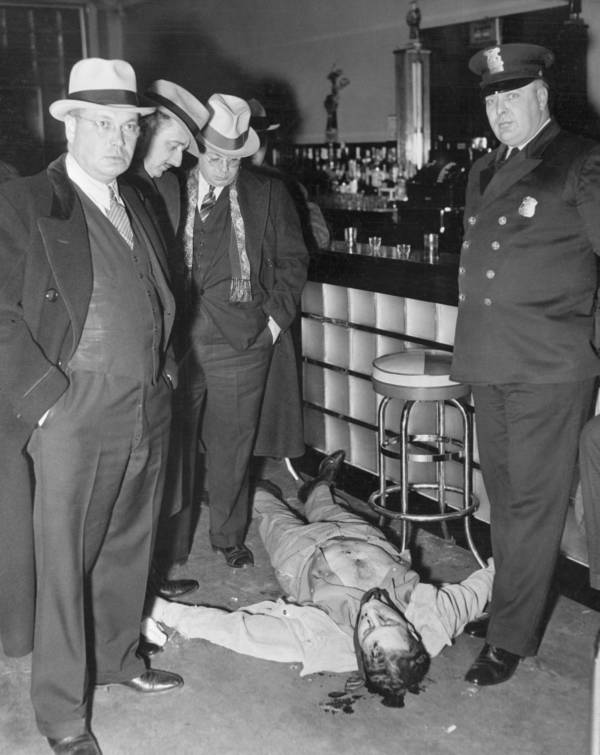
Harry Millman, Nov. 25, 1937 -- Harry Millman was part of a younger generation of Jewish youths in Detroit's North End who sought to emulate the older, established members of the Purple Gang. His intense hatred of the Italian Mobsters resulted in an unsuccessful murder attempt by Detroit Partnership mobster Joseph "Joe Scarface" Bommarito's men who blew up Millman's car in August of 1937.
Both the Mafia and the leadership of the Purple Gang wanted to remove the volatile Millman from the scene, so they regrouped and tried again, and this time they were successful. Millman was shot to death in the early morning hours at Boesky's, a restaurant-deli located at Hazelwood and 12th Streets. His killers are rumored to have been Harry Strauss and "Happy" Harry Maione of Brooklyn's Murder, Inc.
Benjamin "Bugsy" Seigel
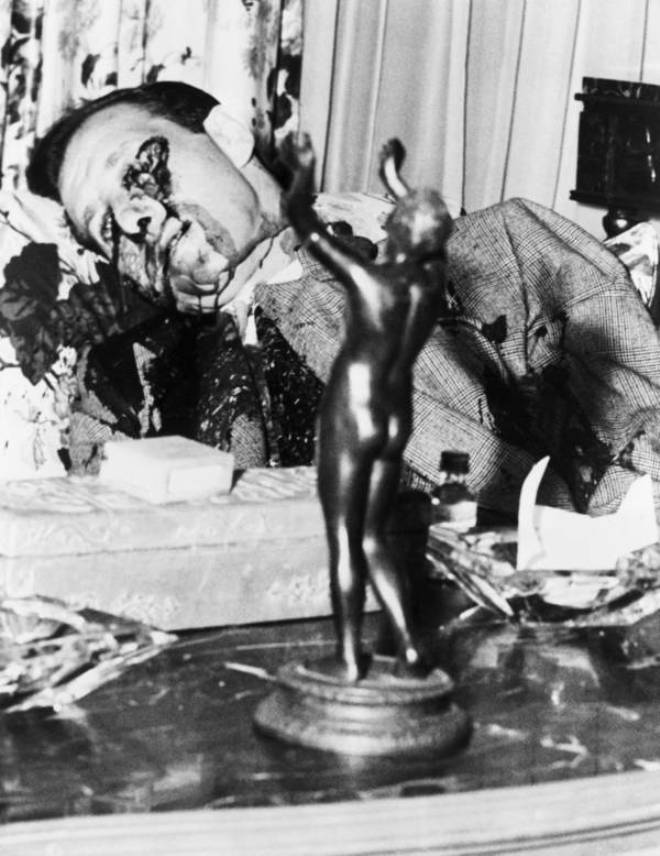
June 20, 1947 -- Benjamin “Bugsy” Siegel, the man who brought organized crime to the West Coast, was shot directly in an eye at his mistress Virginia Hill’s home in Beverly Hills, California. Siegel had been talking to his associate Allen Smiley when three bullets were fired through the window and into his head, killing him instantly.
In 1945, Siegel had a brilliant idea. Just hours away from Los Angeles sat the sleepy desert town of Las Vegas, Nevada. It had nothing going for it except for a compliant local government and legal gambling. Siegel decided to build the Flamingo Hotel in the middle of the desert with $6,000,000, a large chunk of money at the time, which came from the New York syndicate.
The Flamingo wasn’t immediately profitable and Siegel ended up in an argument with Lucky Luciano over paying back the money used to build it. Around the same time that Siegel was killed in Beverly Hills, Luciano’s men walked into the Flamingo and announced that they were now in charge.
Carmine "Lilo" Galante was murdered by some of his own men
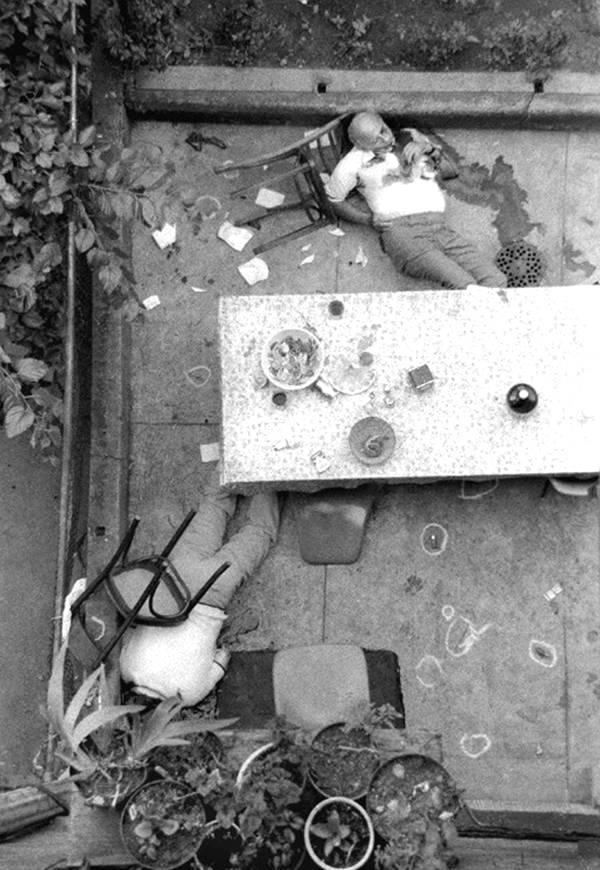
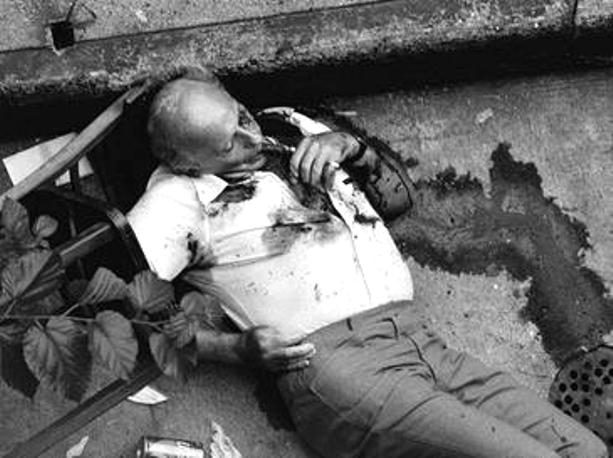
July 12, 1979 -- Carmine Galante was almost never seen without a cigar, hence his nickname "Lilo," which is Italian for cigar. The New York crime families were alarmed at Galante's brazen attempt to take over the narcotics market. Genovese crime family boss Frank Tieri began contacting La Cosa Nostra leaders to build a consensus for Galante's murder, even obtaining approval from the retired Joseph Bonanno.
Galante was shot on an open patio at Joe and Mary's Italian-American Restaurant at 205 Knickerbocker Avenue in Bushwick, Brooklyn. A picture of the murdered Galante showed a cigar still in his mouth.
Above Galante photos by Daily Motion - Original publication: OnlineImmediate.